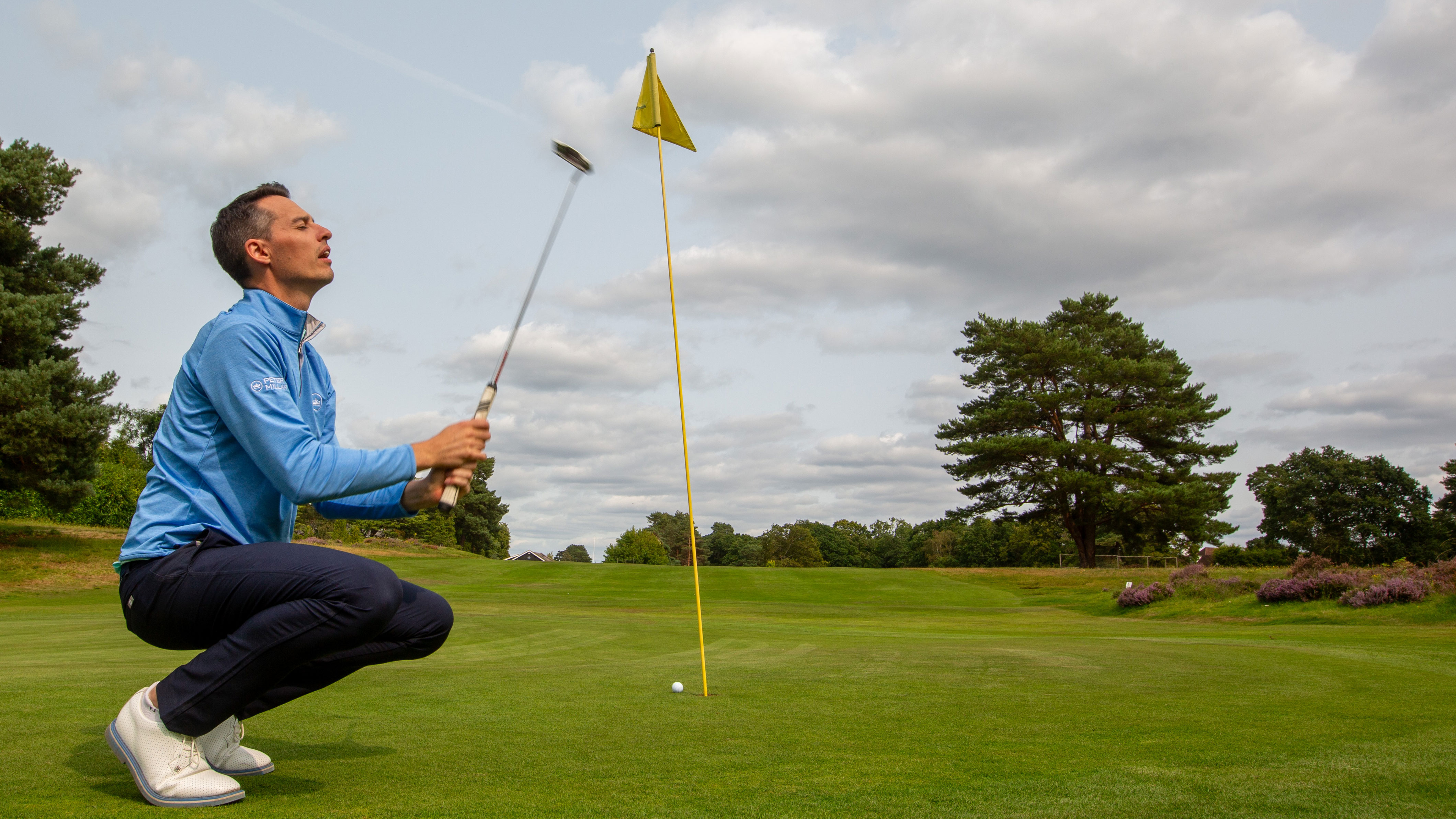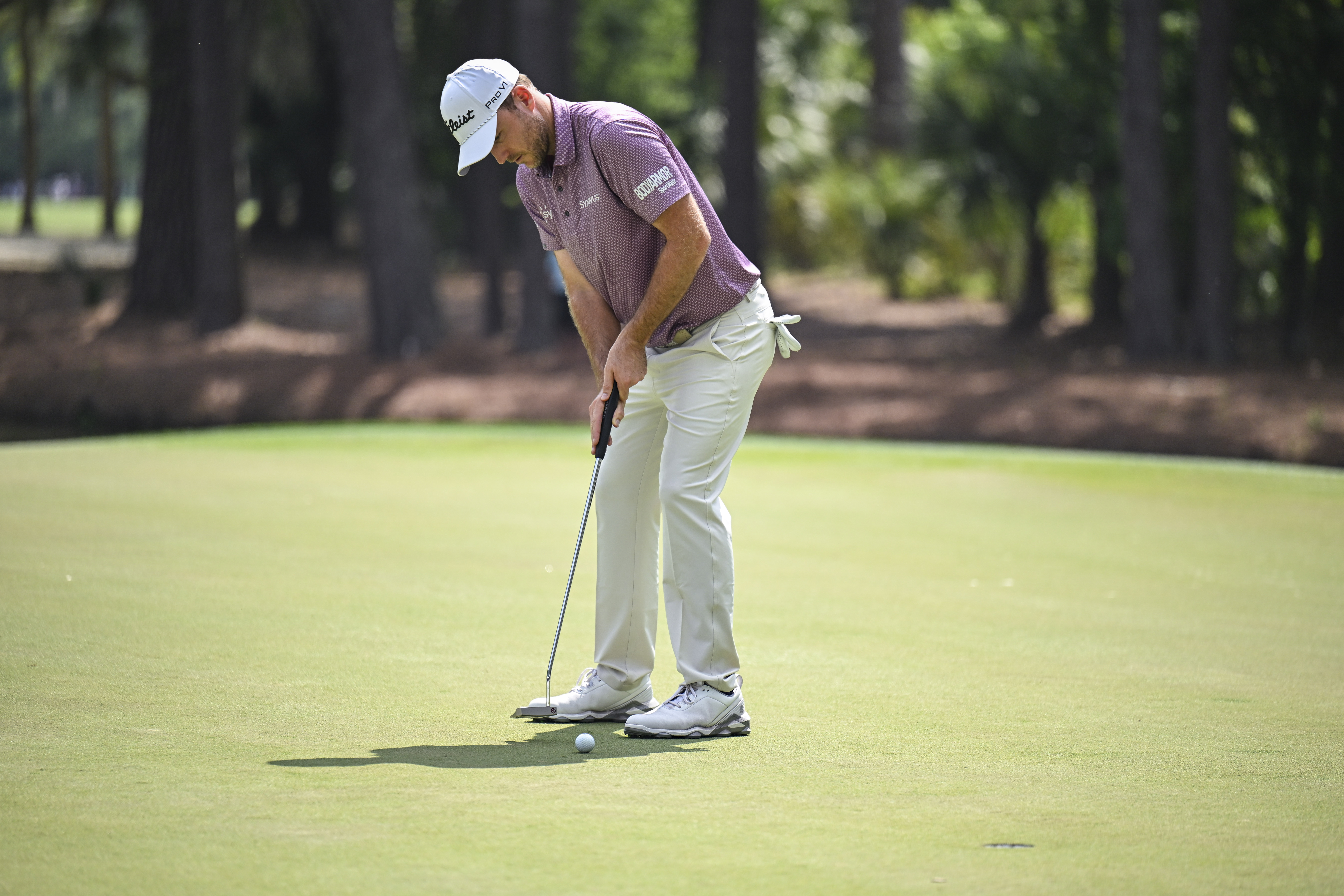
Making a 3-putt has got to be up there with topping the golf ball and leaving a bunker shot in the sand as one of the most annoying occurrences on the golf course.
It's quite rare to see a professional golfer 3-putt, but for us mere mortals it happens all too frequently.
Before we look at the statistics for amateur golfers, take a moment to let this one sink in.
On the PGA Tour, in 2024 Russell Henley 3-putted just 13 times - that's all season, during which he played a total of 1,314 holes. Impressive.
So, how do you compare?
We asked our data partner, Shot Scope, to run some numbers - and these are shown in the table below.
As you would expect, scratch golfers 3-putt less regularly, averaging 35.7 holes before suffering a '3-jack'. Not bad, not bad at all.
One of the most surprising statistics in the table above is the big fall to just 16.7 holes on average for the 5-handicap golfer.
Of course, generally speaking, scratch golfers are superior in every department of the game, including approach play, so they are going to 3-putt fewer greens if they're hitting the ball closer to the hole.
In the table below, we've picked out one more set of numbers from the Shot Scope data that also helps to explain the numbers above.
Think of that 3-6ft range that you might struggle with - and then compare it to other handicap levels below.
We've shown these numbers because it's that kind of distance where a lot of club golfer fritter away shots.
A lot of coaches will also tell you that club golfers have a tendency to come up short with their putts.
And if you come up short, how many times do you then miss from this kind of distance?
We can pick out lots of different putting statistics - but the bottom line is that club golfers could shoot lower scores by keeping 3-putts off the card.
Simple, right?

If you're struggling on the greens, our panel of Top 50 Coaches can offer plenty of tips on how to stop 3-putting.
Perhaps you'd benefit from a new putter, one that offers you better feel or helps you to produce a more reliable stroke - in which way be sure to check out the best putters on the market, most of which have been tested by our equipment experts.
Failing that, maybe try and get in touch with Mr Henley for a few words of advice.







